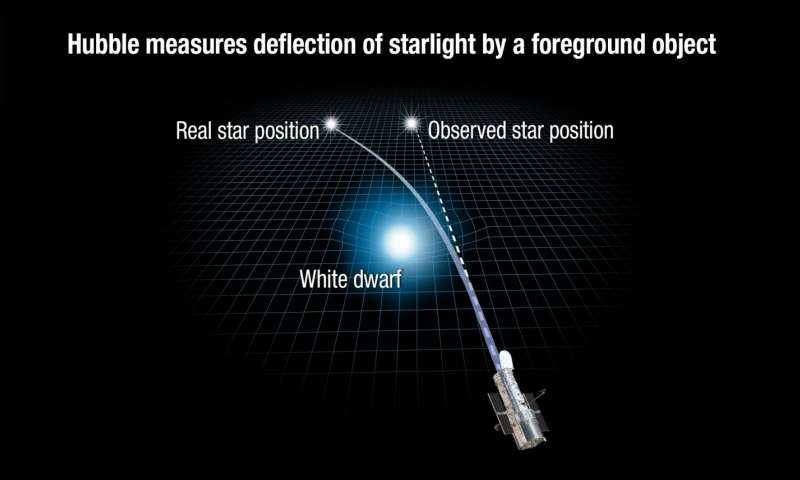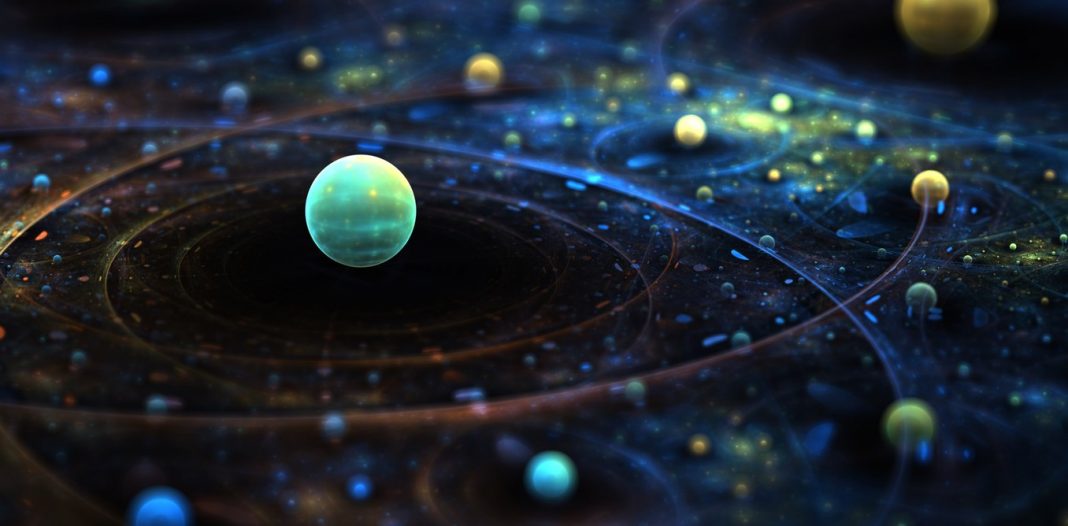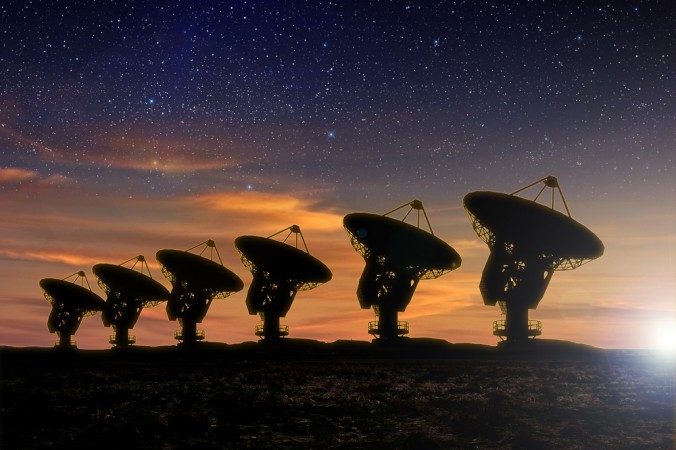Although Albert Einstein predicted a long tome ago that whenever light from a distant star passed a closer object gravity would act as a magnifier, brightening and bending the light, he also predicted that “there is no hope of observing this phenomenon directly.” But, it turns out he was wrong. Not about the bending of the light, but in regards to the statement that we’d never observe it because that’s exactly what Kailash C. Sahu and team has done. The team’s research was published recently in the Science journal and is believed to be the first of its kind.
A similar piece was written by Terry Oswalt of Embry-Riddle Aeronautical University and is entitled, “A centennial gift from Einstein.” In the paper, Oswalt discusses his perspective on “the history and evolution if galaxies such as our own.” He confirmed, “The research by Sahu and colleagues provides a new tool for determining the masses of objects we can’t easily measure by other means. The team determined the mass of a collapsed stellar remnant called a white dwarf star. Such objects have completed their hydrogen-burning life cycle, and thus are the fossils of all prior generations of stars in our Galaxy, the Milky Way.”
Gravitational microlensing is no new concept and was first observed back in 1919 and was one of the first proofs of Einstein’s general theory of relativity. The only difference to that curving and this one is that previously it was around the Sun whereas this time it’s been observed around a star. Oswalt explained, “When a star in the foreground passes exactly between us and a background star gravitational microlensing results in a perfectly circular ring of light – a so-called “Einstein ring.”

The observation made by Sahu’s team involved two objects that were slightly misaligned. Because of this misalignment, an asymmetrical version of an Einstein ring was created. “The ring and its brightening were too small to be measured, but its asymmetry caused the distant star to appear off-center from its true position. This part of Einstein’s prediction is called ‘astrometric lensing’ and Sahu’s team was the first to observe it in a star other than the Sun.” As part of Sahu’s research, the team measured shifts in the distant star’s position as its light was deflecting around the nearby dwarf star, Stein 2051 B. From the measurements the team determined the mass of Stein 2051 B to be around two-thirds that of the Sun.
According to Oswalt, these findings are quite remarkable for at least three reasons. Firstly, the research “solves a long-standing mystery about the mass and composition of Stein 2051 B.” Secondly, he says, “Sahu’s team nicely confirms astrophysicist Subrahmanyan Chandrasekhar’s 1930 Nobel Prize-winning theory about the relationship between the mass and radius of white dwarf stars. We now know that Stein 2051 B is perfectly normal; it’s not a massive white dwarf with an exotic composition, as has been believed for nearly a century.” Lastly, concludes Oswalt, “This new tool for determining mass will be very valuable as huge new surveys uncover many other chance alignments over the next few years.”
More News to Read
- No Time For Visiting Art Galleries? Google Here to Help!!
- Imagining A Dying Milky Way, How Death Of The Milky Way Look Like?
- Another Breakthrough for Cancer Detection in the Form of Liquid Biopsies
- Breakthrough for Scientists Comes in the Form of Another Gravitational Wave
- Is it Possible to See the Edge of the Universe?











